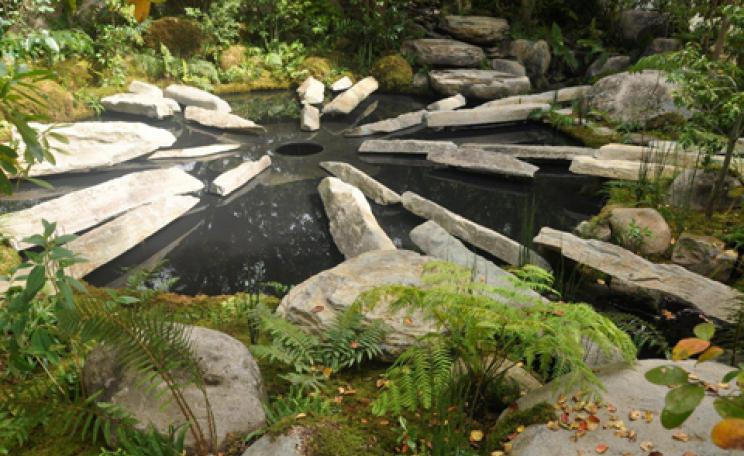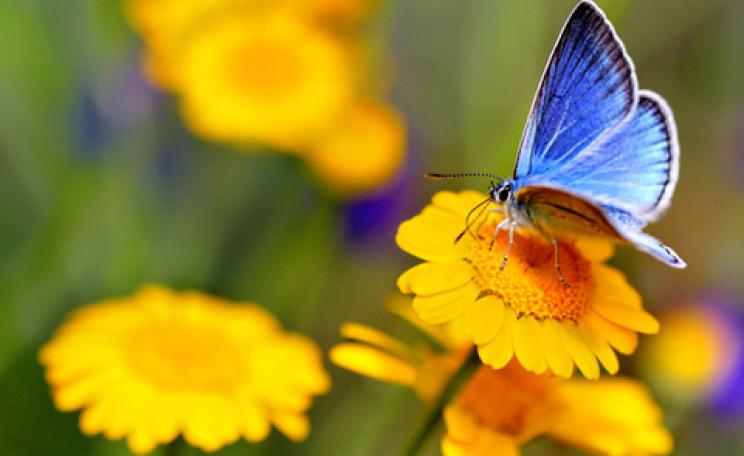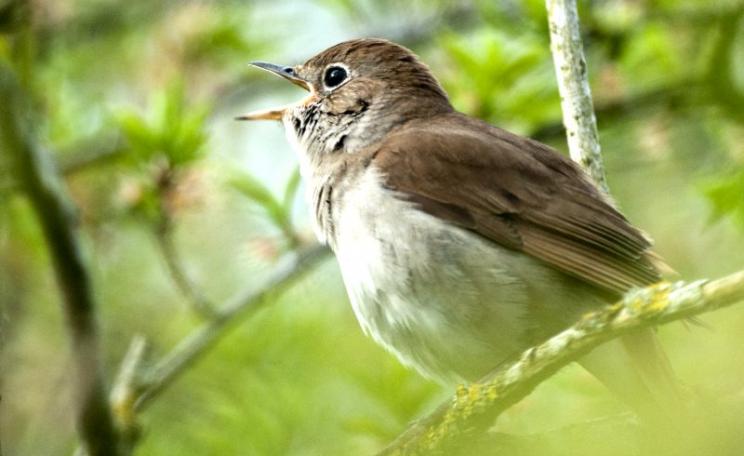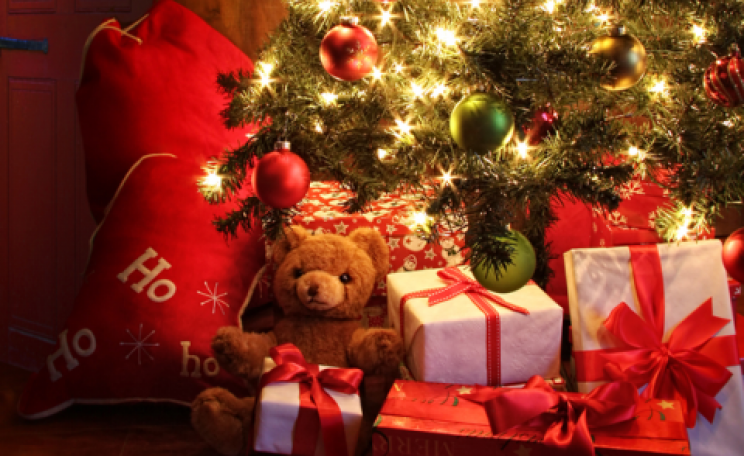A well-designed winter garden shouldn’t make you long for summer colour and with boules of topiary dusted with frost, shiny red berries hanging from trees and wafts of perfume from the witch hazel, make winter the most magical season of all. The bones of a garden design are laid bare in winter. The symmetry, line and curve of hard landscaping, topiary and trees stands out because plants have died back, and they take on a stark beauty of their own, especially in snow. When designing parts of your garden, remember winter structure. In a smaller garden, it might come from square flowerbeds, edged with neatly trimmed box hedging, and in a larger garden it could be an allée of pleached trees. Geometric patterns look great when viewed from the bedrooms above, whereas taller structure (such as lines of trees or sculptural posts) looks fabulous viewed from ground level.
Winter flowers
Who could resist the enchantment of flowers that open in frost and snow? While the rest of the garden is fast asleep and the ground is solid with cold, winter-flowering plants bloom madly. The most elegant of them all are the hellebores (Helleborus niger and Helleborus x hybridus) – saucers of pale pink and white above huge glossy green leaves. At only 30cm high, they will fit into any garden, and flower for weeks on end. Hellebores need a home in semi-shade. If you want winter flowers for a sunny spot, plant the graceful Algerian iris (Iris unguicularis). As long as the soil is well drained, it will produce sprays of 30cm tall violet plumes that can be cut for the vase. No winter garden is complete without carpets of flowering bulbs and one of the cheeriest is the aconite (Eranthis hyemalis), which opens its buttercup yellow flowers above regal ruffs of leaves, in January and February. They are tiny, reaching just 8cm in height, so plant clumps beneath deciduous trees or shrubs and over time, they will spread, forming a colourful carpet.
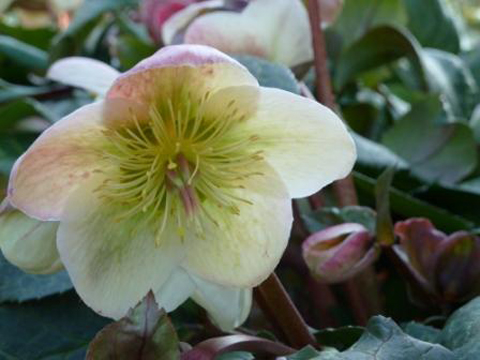 Winter colour
Winter colour
The winter palette isn’t supposed to be the mad jamboree of colours that belongs to summer – it’s at its best as a cool composition of whites and greens, interspersed with patches of blood red. The best way to ensure your garden looks good all year is to plant a lot of evergreens. The most striking are topiarised evergreens, such as box and yew. Clipped into low symmetrical hedging, box (Buxus sempervirens) can provide border edging or (if you’re feeling ambitious), a ‘knot garden’ in which the tiny hedges weave and criss-cross to form a geometric pattern. Yew (Taxus baccata) on the other hand looks best trained into large shapes, such as pyramids, peacocks or boules. If you want your garden to really look like a winter wonderland, don’t forget to plant the odd fir. Conifers are often associated with the 1980s and thought to scale immense heights but while many do get ridiculously big, there are several small firs that suit the contemporary garden. Taxus ‘Standishii’ is a narrow six-foot column of golden foliage, and Juniperus squamata ‘Blue Star’ is a dwarf blue-grey conifer that looks magical in frost. Ivy (Hedera helix) is the ultimate evergreen for romantics. It will ramble anywhere providing great ground cover and coating ugly sheds or garages in lush green leaves. It is also one of the most important plants for honeybees and produces nectar-rich flowers at the end of autumn.
Winter reds
Winter garden design excels when splashes of red blare through the frosty scene. These are best provided by scarlet berries and bark. The dogwood Cornus alba ‘Sibirica’, for example, has sealing-wax red stems so make sure you plant it in full sun or the colour won’t be impressive. No winter garden is complete without lashings of red berries. Traditionally, these adorn a holly tree, but most people won’t have room for one (they can reach 20 metres high). Instead grow Cotoneaster horizontalis or Pyracantha ‘Saphyr Rouge’ against a wall, pruning them to create the desired shape. Try planting one on either side of the front door and train them into an arch of red berries. Bold injections of red can also come from furniture, hard landscaping or sculptures. One of the world’s best winter designs is The Dow Gardens in the US, which contains a small red bridge that blazes brilliantly through the snow.
 Winter whites
Winter whites
There are many trees sold at garden centres for the ornamental value of their winter peeling bark. But they’re usually ineffective because the winter garden is mostly enjoyed from the warmth of the kitchen window, which will probably be several metres from the tree. So if you want flashy bark in your winter garden design, make sure you go for something really bold that you’ll be able to see from the house. The bright white bark of the Himalayan birch (Betula utilis var. jacquemontii), for example, is especially striking when planted in front of something dark, such as a high evergreen hedge. Another option is to highlight your existing deciduous trees by growing winter-flowering climbers up them. Clematis ‘Jingle Bells’ has white flowers from December to January and grows up to five metres high. White is elegant in the winter garden design, creating the enchanting effect of snow when there isn’t any and complimenting it, when there is. In a small town garden, grow splashes of white hellebores and heathers in pots. If you have a spacious and wild-looking garden, try the ghost bramble (Rubus cockburnianus). During the cold months, its tall stems are covered in a ghostly white coating that is gothic and fabulous.
Winter perfume
The invisible magic of the winter garden is supplied by the various scented flowers that open at this time of year. If you don’t tend to wander about the garden in winter, plant them by the front door, so your nose can take advantage. The queen of winter perfumes is the witch hazel, whose bright spidery yellow flowers release a delicious liquorice scent onto the air. There are various forms and one of the best is Hamamelis x intermedia ‘Pallida’. Winter honeysuckle (Lonicera fragrantissima) is a deciduous shrub that is dotted with sugar scented white flowers in winter. If space is at a premium, go for Christmas box (Sarcococca), a shade-loving evergreen that exudes a honey scent in December.
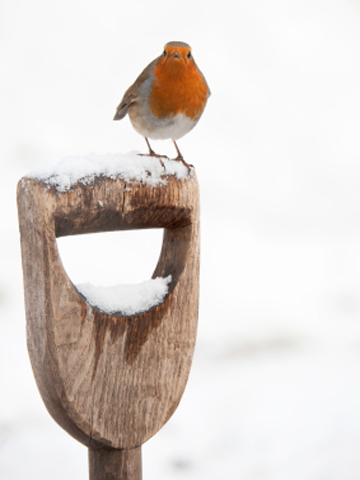 Garden jobs for winter
Garden jobs for winter
- Protect – wrap tender plants, such as rosemary and myrtle (which both come from the Mediterranean) in horticultural fleece to shield them from the cold winter wet.
- Mulch – mulching involves putting a layer of nutritious insulator over or around a plant at the beginning of winter. Dahlias, for example, require a dense layer of mulch (such as compost or chipped bark).
- Plant bare root – some plants (such as roses, hedging and fruit bushes) are best bought as ‘bare root’ plants (without soil). They are cheaper and more likely to establish. As long as it isn’t frosty, plant them between November and March.
- Prune fruit – cut back fruit trees or bushes. But leave wall-grown fruit (such as cordons and espaliers), which should be pruned at the end of summer.
- Dig – as long as the ground isn’t solid with cold, now is a good time to dig over a border in preparation for spring. Dig deeply and fork in organic matter such as well-rotted manure or compost.
- Feed the birds – keep providing our garden friends with water, food (such as oatmeal, sunflower seeds and fat balls) and nesting material (such as dog hair).
| READ MORE... | |
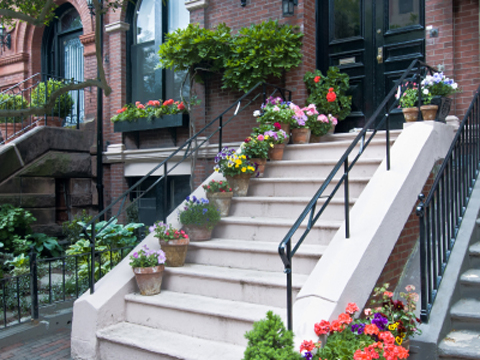 |
GREEN LIVING Ten of the best…ways to get stuck into urban gardening Growing your own fruit and vegetables doesn’t have to involve huge amounts of space. As Hannah Corr explains, there are plenty of short cuts for city dwellers who want to get stuck in |
 |
GREEN LIVING Smallholding: the basics From sheep to spinach, Gervase Poulden has the skinny on how to make your smallholding dreams a reality |
 |
GREEN LIVING The beginner’s guide to making your own compost Contrary to popular belief, composting is simple. What’s more, it’s also eco-friendly, cheap and utterly addictive. Hannah Corr shows you how to get started |
 |
GREEN LIVING Blooming marvellous: the spring bulbs to plant now October might not be the obvious month for spring planning, but if you want beautiful blooms come February, now is the time to start planting, says Ruth Styles |
 |
GREEN LIVING Five of the best…natural and organic fertilisers Chemical free and perfect for an organic kitchen garden, Jeff Holman rounds up the organic fertilisers that will leave your plants blooming gorgeous |



